Each third Sunday in May, people gather at a country cemetery in Cherokee County called Caney. I think of it as our family cemetery because many of my family and relatives are buried there. Of course, many others who are unrelated lie there too. Six generations of my family are there, from Clint who was killed in Viet Nam, all the way back in time to my grandfather’s grandmother.
Decorating the graves of loved ones is a tradition that, sadly, may be on the way out. Years ago, I was one of those who did not understand the importance of making that annual trek to a place of remembered sadness. One of the good things about growing older is that sometimes my understanding is sharpened. True, it is only the bodies of these people I loved which lie there; their spirits are resting with God. But going to Caney is a way of showing respect and it is a wonderful lesson in family genealogy.
My grandchildren are interested in knowing the person represented by the name on the headstone. I tell them that here lie their great-great-great grandparents from Georgia. And over there is the ancestor from Minnesota who met his wife in Arkansas. They came to live in Indian Territory, Oklahoma. Several people who fought for the Confederacy during the Civil War are there, as well as those fallen from other conflicts. My grandchildren hear snippets of American history mixed in with family stories.
A plus to Decoration Day is meeting family members and friends who are there for the same reason, to show respect for those who once walked among us. People travel many miles for this annual event.
In my book, Remembering Etta Bend, I included a bit of what Mom told me about going to Decoration Day at Caney when she was a girl. Remember, the words are my mother’s, Susie Latty Day:
“We children looked forward to going. To get there, we went about eight miles, around the Bend and through Tailholt. It took us a long time to go and come back in the wagon. We took our noon meal with us. Mama baked pies and fried ham and chicken on Saturday. We girls gathered roses and wildflowers to take along in buckets of water. We always dressed in our Sunday best for this special day. Early Sunday morning Papa and Mama loaded food, flowers, and children into the wagon and we set off.
“Caney is a beautiful place, guarded by quiet hills. The lane leading to the cemetery is narrow. Tree branches meet overhead as if in prayer. For 150 years, Caney has existed. It began as a log schoolhouse. Mama and Papa both attended school there long ago. After we children were all grown, Papa, along with Ben Whitfield and Dan Tyner, began a fund that resulted in the present rock building at Caney. Their three names are on a plaque in the wall of the building.
“We girls liked to wander over the grounds reading inscriptions and dates on headstones. One of the earliest graves is of a woman who passed away in the 1840s. Another is of someone who died in 1881 at the age of 110. She was born before the Revolutionary War.
“After we decorated the graves of family members, we took our food to the spring east of the cemetery. There we spread a tablecloth on the ground, ate the food Mama had cooked and visited with our neighbors. During the time I was a child, Caney had no church building so after lunch, services were held under the trees.
“After the preaching, prayers and singing, we all climbed into the wagon for the trip home. As we looked back at Caney, the flowers seemed to nod goodbye. Once again it would be silent except for birds and the whispering cedars.”
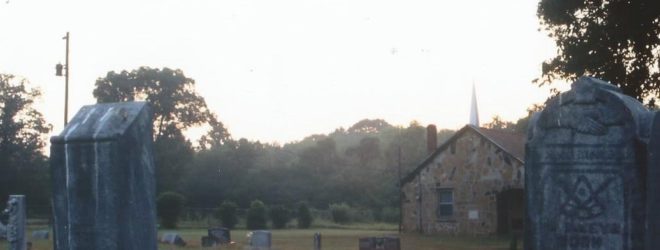
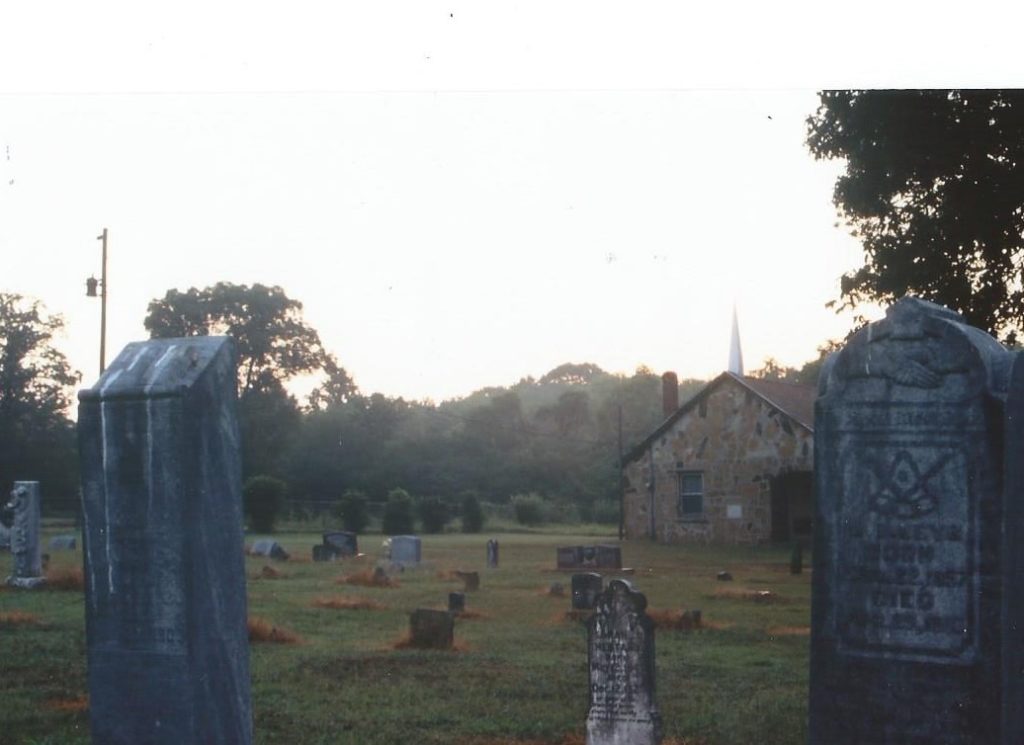
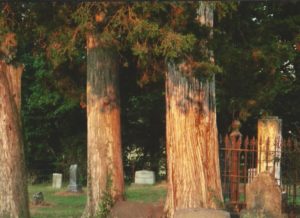
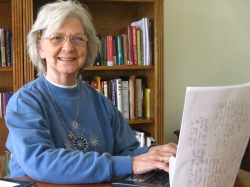
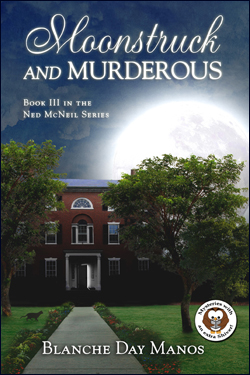
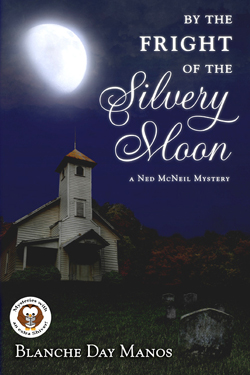
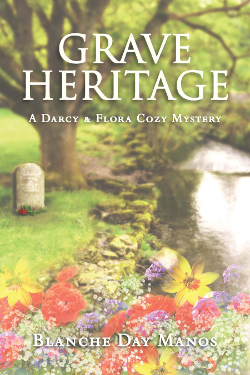

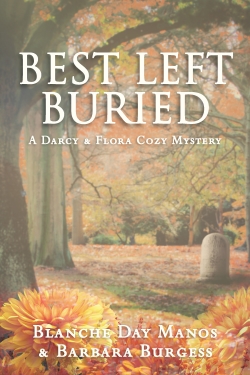
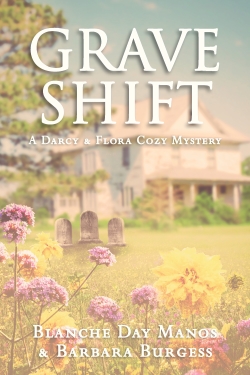
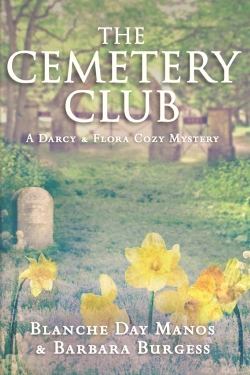
Speak Your Mind